Leveraging a 1031 Exchange for Tax Benefits
Looking for real tax advantages?
Imagine you own an investment property you’ve outgrown and you’re eyeing a larger one to expand your portfolio. A 1031 exchange could let you defer capital gains taxes, keeping your funds working for you.
By reinvesting in like-kind properties, you might improve cash flow and retain more capital. However, the strict timelines of identifying a new property within 45 days and closing within 180 days require precision.
Curious about how to navigate these rules and maximize your investment potential with minimal tax impact? There’s more to explore in this strategic financial maneuver.
Understanding 1031 Exchange Basics
A 1031 exchange, named after Section 1031 of the Internal Revenue Code, is a powerful tool for real estate investors. It allows you to defer paying capital gains taxes when you sell an investment property, as long as you reinvest the proceeds into a similar property.
This tax deferral strategy can be a game-changer, enabling you to leverage your profits and grow your real estate portfolio more efficiently. Imagine the freedom of reinvesting without the immediate burden of taxes.
To maximize the benefits, understanding key timelines like the 45-day identification period and the 180-day replacement period is essential. Additionally, careful adherence to IRS guidelines and using a reputable Qualified Intermediary are vital for a successful exchange.
To successfully execute a 1031 exchange, understanding the investment property criteria is vital. The properties involved must be “like-kind,” which means they should be of the same nature or character, even if they differ in quality or grade.
This doesn’t mean they’ve to be identical, but they should be used for investment or business purposes, not personal use. Consider this your chance to dream big, to think beyond limitations, and to envision a future where your investments continually work for you.
Navigating the 1031 exchange process might seem challenging, but with the right knowledge and support, you can turn this complex tax code into a stepping stone towards your financial goals.
Benefits of Deferred Taxes
Understanding the 1031 exchange basics opens the door to one of its most significant advantages: the benefits of deferred taxes. Imagine you’re investing in properties, and instead of paying hefty capital gains taxes, you use a 1031 exchange to reinvest those gains. This strategy offers tax savings that enhance your financial position.
You’re not just keeping more money in your pocket; you’re setting the stage for increased investment growth. Think about the possibilities when your capital isn’t tied up in taxes. Your cash flow improves, giving you the freedom to explore new investment opportunities.
With this flexibility, property diversification becomes achievable, enabling you to spread potential risks across different markets or types of real estate. You’re not just preserving wealth; you’re actively optimizing your portfolio for future success.
This approach isn’t just about numbers and figures; it’s about giving your investments room to breathe and thrive. Picture your financial future fortified by strategic, tax-savvy decisions.
The power of deferred taxes can transform your real estate journey, allowing you to build a legacy with confidence and clarity. Embrace this advantage, and watch your investments flourish beyond what you thought possible.
Eligibility Criteria Explained
To successfully navigate a 1031 exchange, you’ll need to meet specific eligibility criteria. This path can be your gateway to significant tax advantages, allowing you to hold onto more of your hard-earned capital.
Let’s explore what makes you eligible:
- Property Types: The properties involved must be “like-kind,” meaning they should be used for business or investment purposes. Residential homes don’t qualify unless they’re rentals or investment properties. Think commercial buildings, rental houses, or vacant land—these can all be exchanged under 1031.
- Use of Qualified Intermediaries: You can’t handle the transaction yourself. You’ll need a qualified intermediary to facilitate the exchange. They guarantee the funds don’t touch your hands, which would disqualify the exchange, so choose someone experienced and trustworthy.
- Strict Timeframes: Time is of the essence. After selling your initial property, you have 45 days to identify potential replacement properties and 180 days to close on the new purchase. Missing these deadlines can jeopardize your exchange benefits.
Understanding these criteria empowers you to leverage the 1031 exchange to your advantage. It’s not just a tax strategy; it’s an opportunity to build wealth while adhering to the rules that govern this powerful financial tool.
Steps to Execute a 1031 Exchange
Many find that executing a 1031 exchange can be a strategic move for optimizing their investment portfolio.
Begin this journey by understanding the importance of exchange timelines and property identification. First, once you’ve sold your current property, you’ve got a 45-day window for property identification.
This means you need to list potential replacement properties within this period. Consider your choices carefully, as this step sets the foundation for your successful exchange.
Next, keep the 180-day timeline in mind. You must close on one of your identified properties within this timeframe, counting from the day of your initial property sale. This may seem overwhelming, but staying organized and proactive can ease the process.
Lean on a qualified intermediary to handle funds and paperwork, ensuring compliance with IRS regulations.
Throughout these steps, clarity and precision are your allies. Embrace the journey, and remember that each decision you make shapes your financial future.
Common Mistakes to Avoid
Steering a 1031 exchange requires attention to detail, and several common mistakes can derail your efforts.
Don’t let these pitfalls discourage you. Instead, arm yourself with knowledge and confidence to navigate the process successfully. Here are the top mistakes to avoid:
1. Misunderstanding Timelines: The clock starts ticking once you sell your property.
You’ve got 45 days to identify potential replacement properties and 180 days to close the deal. Failing to meet these deadlines could mean losing the tax deferral benefits.
Keep a calendar handy, and set reminders to stay on track.
2. Overlooking Property Identification: This step is vital.
You must identify up to three properties within the 45-day window. If you overlook this, you’ll jeopardize the entire exchange.
Double-check your list and verify it meets IRS requirements to prevent any slip-ups.
3. Ignoring Professional Guidance: It’s easy to think you can handle it all, but underestimating the value of expert advice can be costly.
Consulting with a qualified intermediary or tax professional guarantees you’re on the right path and helps avoid missteps.
Your Next Move Towards Financial Growth
Embracing a 1031 exchange could be your stepping stone to brighter financial horizons.
By deferring taxes and reinvesting wisely, you’re not just preserving wealth—you’re nurturing a future filled with potential.
It’s about seizing opportunities and crafting a legacy, one smart decision at a time.
Remember, while the path may seem intricate, with the right guidance and a watchful eye on details, you’ve got the power to transform your investment journey into a tapestry of success and security.
Take action now and explore how a 1031 exchange can fit into your financial strategy.
Seize this opportunity to lay the foundation for a prosperous future.





















